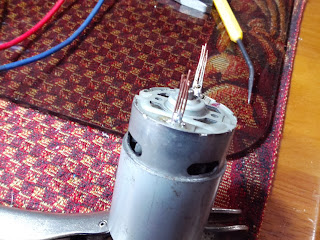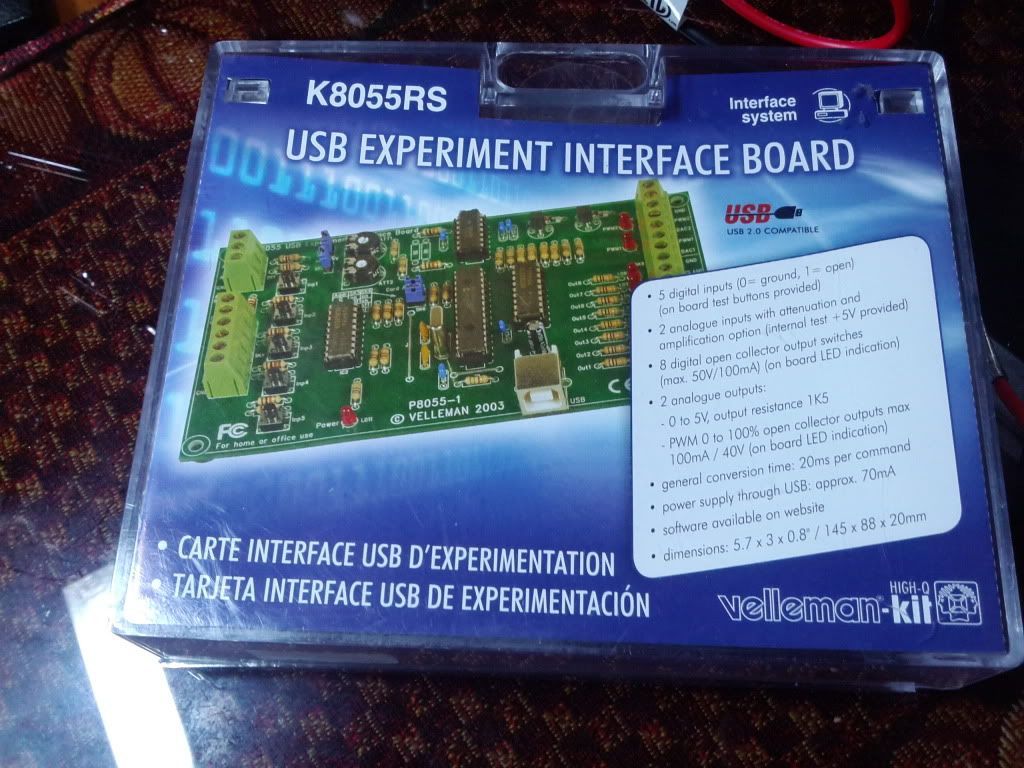I purchased one of the inexpensive 4.3 inch tft lcd display to use with my Raspberry Pi/Robot. It is set up for 12v DC Automobile voltage, but the hardware can be hacked to run on 5v DC power. The same power as the USB input on the Raspberry Pi and the logic supply on my motor controller. I did a search and found instructions for other displays, but not for the specific one I had purchased. No brand name on the packaging. It is model number BWCMO363 and is titled " 4.3'' Color TFT Car Monitor Support 480 x 272 Resolution + Car/Automobile Rear-view System Mirror Display Monitor" on Amazon that uses the xl1509-5.0 voltage regulator. Note: do not do any of the following unless you are familiar with electronic components and comfortable with the procedures described. Altering the components can damage or destroy your display.
I found the data sheet and confirmed that pin 2 was the 5v out. Unlike other instructions, I just want to change the power requirements from 12v to 5v. I am not swapping in a USB cable or any other mods, so it is not necessary to unsolder the voltage regulator chip or even disconnect any other wires except the 12v + Red wire. We do not need to disconnect the ground since I am using this cable's Black/ground wire.
(xl1509-5.0 located center, far right on the circuit board.
Only 8 leg IC on the board))
This second photo you can see that I moved the red wire from the cable connector on the breadboard. I moved it over to pin 2 of the xl1509-5.0 voltage regulator and carefully soldered it to the pin 2 leg. Since there is no longer a voltage in feed, the regulator should be dormant and does not need to be removed or altered.
This is my first solder attempt with surface mount components. As you can see i n the photo above, this is a very fragile procedure. I am pointing with needle nose tweezers! My tip of the soldering iron covers at least 2 legs of the voltage regulator. So just be prepared!
Since I left a long lead on the wire (less than a 1/8th inch) exposed, I put electrical tape above and below the wire to insulate it. Also, there is no strain relief for the input wires. (Solder is the only thing keeping it connected to the monitor!) I used a zip-tie, tightened around the wire inside the case. Cut off the tail and when it is closed up, the cable will snap before the solder joint comes under any stress.
Before closing it up or applying any power, check your connections. Then the only thing to do is connect it and confirm it works (another note on this model, connect a video signal/raspberry pi. Otherwise, without a signal it will not look like any power is connected!)
It's up and running! That is my desktop from my Raspberry Pi displayed on this little 4.3 inch tft screen and both of them are running on a regulated 5 volt dc power supply! The actual monitor I purchased is listed as :
model number BWCMO363
4.3'' Color TFT Car Monitor Support 480 x 272 Resolution + Car/Automobile Rear-view System Mirror Display Monitor on Amazon.
Note from the reviews: the model number stays the same, packaging and design (menu buttons) do change.













